
It is a truth universally acknowledged that being a human can be stressful. Whether it comes from an unfulfilled desire for a more flexible workplace, ill health, or family tension, none of us is immune to the physical and mental effects of stress.
Unfortunately, there seems to be an increasing amount of evidence that the effects of your stress might not end with you. Stressors you experience may actually result in changes to the expression of your genetic code, which then can be passed down to your offspring. While recent research, on humans and animals, has been controversial because it calls into question the strict definition of what is “inheritable,” it has also been galvanizing. A brand new study published in the journal Science Advances last month has now traced (in worms) how these epigenetic changes can show up in offspring five generations down the line.
“How and why these changes are transmitted between generations is what [lead author Ben] Lehner and his colleagues [at the Barcelona-based Centre for Genomic Regulation] were interested in studying. In their worm study, they inserted a gene into the worm genome that would normally be silenced, and found the worms with the gene also carried mutations in proteins involved in the copying of DNA. Their offspring did not carry the same mutation in DNA replication, but for the next five generations the gene in question was still incorrectly activated.”
How this happens is not yet fully understood by researchers, but, in humans, it could point to a method for a community to respond to stresses like famine, in a way that pivots faster than the traditional Darwinian concept of evolution. In fact, to a lot of folks, epigenetics is looking more and more like Lamarckian heredity – the now rejected theory that “soft” personal traits acquired over an organism’s lifetime can be passed down, not just “hard” genetics (Jean-Baptiste Lamarck’s classic example was the long neck of the giraffe – lengthened over time by each generation’s stretching to reach and eat the topmost leaves on trees.)
This research could someday allow us to help people with conditions that otherwise seem mysterious in origin – for example: young children with severe depression, that may actually result from experiences their mothers had before they were born; or diabetes and shortened lifespan in men whose fathers or grandfathers lived through a nutritional boomjust before puberty.
While the relationship between epigenetics and evolution is uncertain, it certainly can’t hurt to try to reduce your own stress levels. Not only will you feel better, but science may one day show you’ve helped your great-great-great-grandkids as well. Until then – we’ll keep exploring!
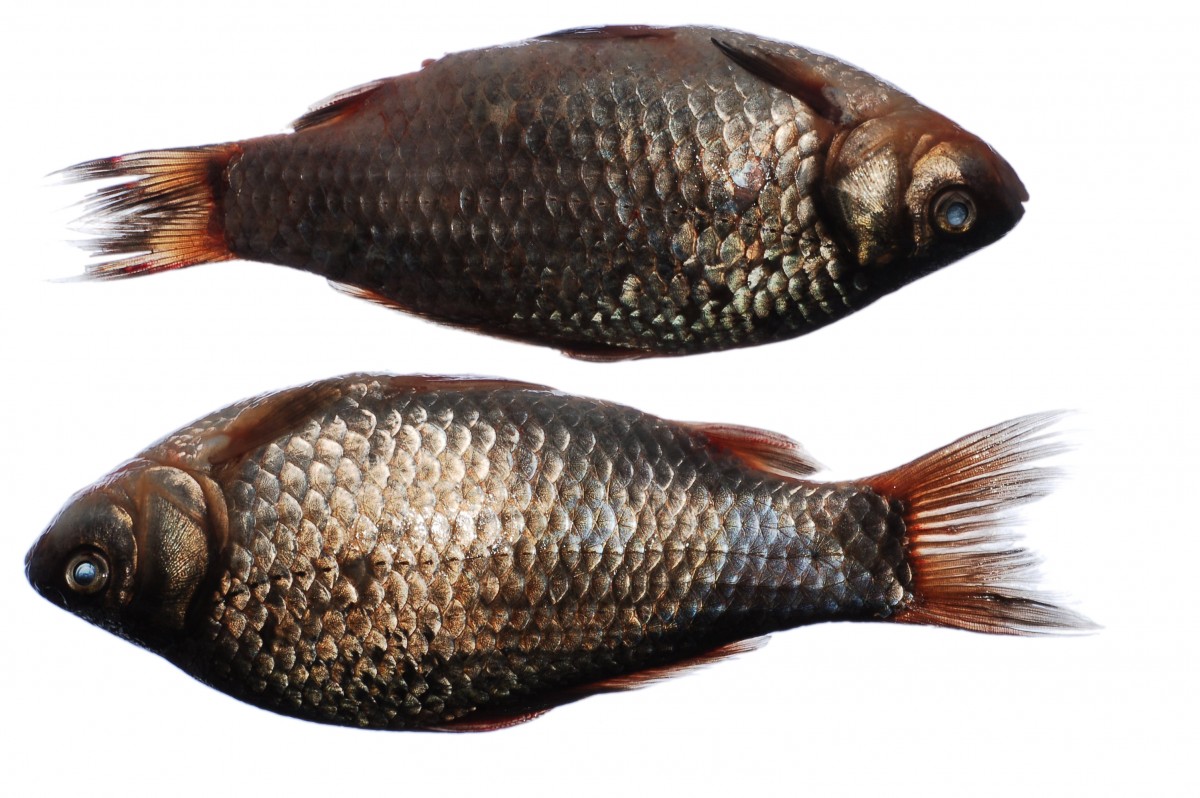
With DFC’s offices located in the Frontenac Arch Biosphere we’ve gotten used to being close to nature. Sometimes, after work, I’ll take a quick jaunt out to the lake right across the road, and watch from the shore as the fish do their thing. It’s quite relaxing! But I’ve long been curious about how our aquatic neighbours survive our harsh snowy winters. I mean, way down at the bottom of the lake, covered with ice, they must run out of oxygenated water pretty quickly…?
Turns out, they do – but some species that winter in frozen ponds and lakes have adapted a workaround. A study organized by the University of Oslo has looked at wild carp (and their domestic counterparts, goldfish) and determined that, when faced with reduced oxygen levels, these specific fish metabolize the carbohydrates in their systems into easily eliminated alcohols, rather than the usual toxic lactic acid. Essentially, their tiny bodies turn into living breweries!
“This comprises a modification of a set of the enzymes that channel energy-rich carbohydrates into mitochondria, the energy-producing parts of a cell. During their evolution, the fish gained a second set of the enzymes, which helps turn the metabolic products into alcohol when oxygen levels drop. The enzymes act in essentially the same way as brewer’s yeast.
‘Usually, other species die long before the decrease in oxygen availability is even a problem for the crucian carp,’ says [team leader Catherine] Fagernes. ‘By using this method, the fish gets rid of the dangerous end products.’”
It’s a true case of survival of the fittest. And also the tipsiest: for most of the winter, the carp’s blood alcohol levels would make them legally too drunk to drive. (If they could drive to begin with, of course…) I now think a little differently about the hardiness of my carp friends in a lake: instead of feeling pity, I’m now really impressed they’ve harnessed the power of science to make the winter a little less bleak, and more energy efficient!
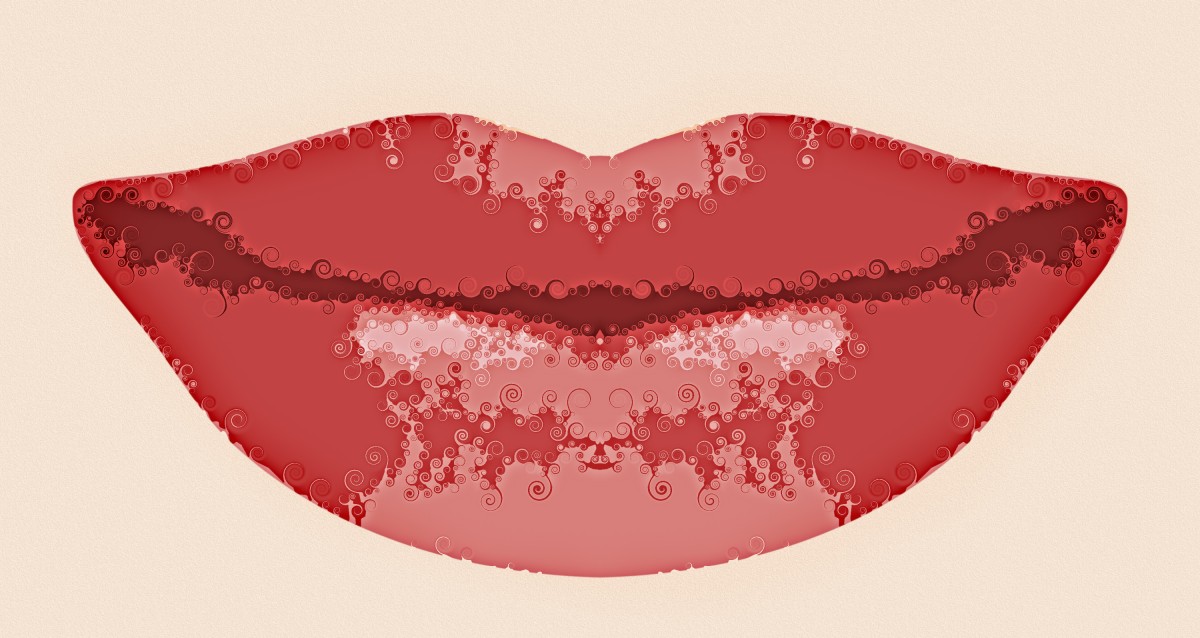
When the calendar clicks over to September, the time has come to start accepting that summer is nearly over. While I will miss the long days and the hours outside in beautiful sun, what I won’t miss is how those can combine into scary opportunities for melanoma (skin cancer) to strike.* Though I’m diligent with the SPF, there’s always a tiny “what-if” in the back of my mind…
That “what-if” is calmed somewhat by fascinating news from the University of Waterloo and the Sunnybrook Research Institute, who have combine forces to develop an AI that can help doctors identify melanoma sooner. Melanoma is very curable in the early stages, but can become quite dangerous if it’s allowed to become entrenched. (Please, talk to your doctor if you have a mole or an odd-looking patch on your skin you’re unsure about!).
This new AI has learned from tens of thousands of images of skin lesions and their underlying biological data, so it can reliably identify which are harmless and which worthy of a biopsy. This saves a great deal of health care costs, both in doctors’ hours and in surgical resources, and helps patients who don’t need a biopsy avoid the discomfort of one.
“Currently, dermatologists largely rely on subjective visual examinations of skin lesions such as moles to decide if patients should undergo biopsies to diagnose the disease.
The new system deciphers levels of biomarker substances in lesions, adding consistent, quantitative information to assessments currently based on appearance alone. In particular, changes in the concentration and distribution of eumelanin, a chemical that gives skin its colour, and hemoglobin, a protein in red blood cells, are strong indicators of melanoma.”
The ultimate goal of this technology is to help reduce the time spent diagnosing cases – during which a lesion can rapidly transition from worrisome to a major problem. The team is happy to report that their AI could be available for doctors to use next year: hopefully well before the sunburn-happy prime summer months!
* The Canadian Dermatology Association recommends sunscreen use during the winters in Canada as well, especially if you engage in snow sports, where the sun’s rays can reflect off the snow.
Humans share a great deal of similarities with our chimpanzee cousins, including our use of stone tools, our love of fruit, and the fact we both pass the mirror test. But for the many ways we are strikingly alike, humans have one heartbreaking difference lurking in our brains: we develop Alzheimer’s disease, as no other primate can.
However, researchers have recently discovered the first signs of cognitive decline, similar to Alzheimer’s, in chimpanzees – an early stage that, for some mysterious reason, seems to progress no further. This self-limiting action, in so close a relative, may point to a way of avoiding Alzheimer’s in humans. And now scientists are looking at chimp brains for clues.
Researchers out of Kent State were granted full access to a bank of 20 brain samples, collected by the National Chimpanzee Brain Resource from chimps who had died naturally in captivity between 37 and 62 years of age. They looked for elevated levels of amyloid beta, a protein that breaks down quickly in healthy human brains, but doesn’t in cases of Alzheimer’s. Extra amyloid beta leads to an accumulation of plaques between neurons. Plaques cause another protein, tau, to collect into tangles that affects healthy brain cells, and hence, cognition.
“Interestingly, traces of amyloid beta were higher in chimp blood vessels than in plaques — that’s not what typically happens in humans. A build-up of amyloid beta deposits in the brain’s blood vessels does occur in humans (a condition known as cerebral amyloid angiopathy), but the predominant effect of amyloid beta in our species is the production of excess plaque. ‘This suggests that amyloid buildup in the brain’s blood vessels precedes plaque formation in chimpanzees,’ noted study co-author Melissa Edler.”
Amyloid beta’s presence in chimps’ blood instead of their brains might be an indicator of why they don’t seem to experience severe cognitive decline and we do. But the scientists on the team acknowledge that this tiny spark of possibility needs to be fanned into a flame with full research – that must be done in an ethical manner with the help of our furry brethren. Until then, the attempt to unravel the terrifying mystery of the human brain will continue.
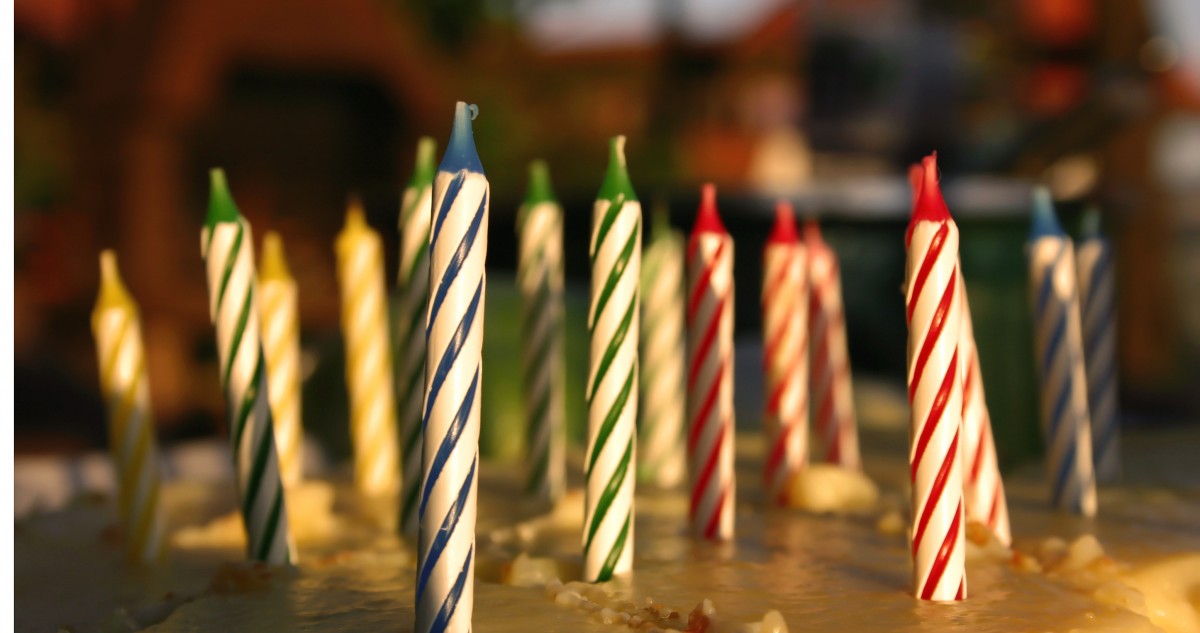
We at DFC have had friends celebrating a couple birthdays recently, and I only just realized that it’s been a long while since any of us have blown out candles on a cake! I guess it’s something that grown ups don’t really do anymore, and I briefly felt sad about it — until I read about this new study, published recently in the Journal of Food Research. A group of scientists has determined that the act of blowing out candles on a birthday cake sprays the festive confection with a staggering amount of bacteria.
They did this by undertaking the most charmingly crafty experiment I’ve ever heard of, preparing:
“two test birthday ‘cakes’ made of Styrofoam which they then spread with real icing […] and decorated with exactly 17 candles. Before having volunteers blow out the candles on both cakes, they had all of them smell and consume a piece of hot pizza — ‘to simulate a meal-dessert sequence.’ Afterwards, they compared the amount of bacteria present on each cake surface, and then repeated the whole exercise three times”
This experiment found that not only was the natural bacteria population of these cakes increased by a whopping 1400%, but the range of the bacteria was increased by a factor of 100, by the force of the puff.
Thankfully, the scientists say, it’s not all bad. As we have learned from recent research into the population of healthy bacteria in our bodies — our microbiome — exposure to new bacteria, care of little Timmy’s overenthusiastic candle snuffing, can actually boost our immune systems. It’s when little Timmy’s sick, though, that the researchers warn us to skip the cake, and the cold.
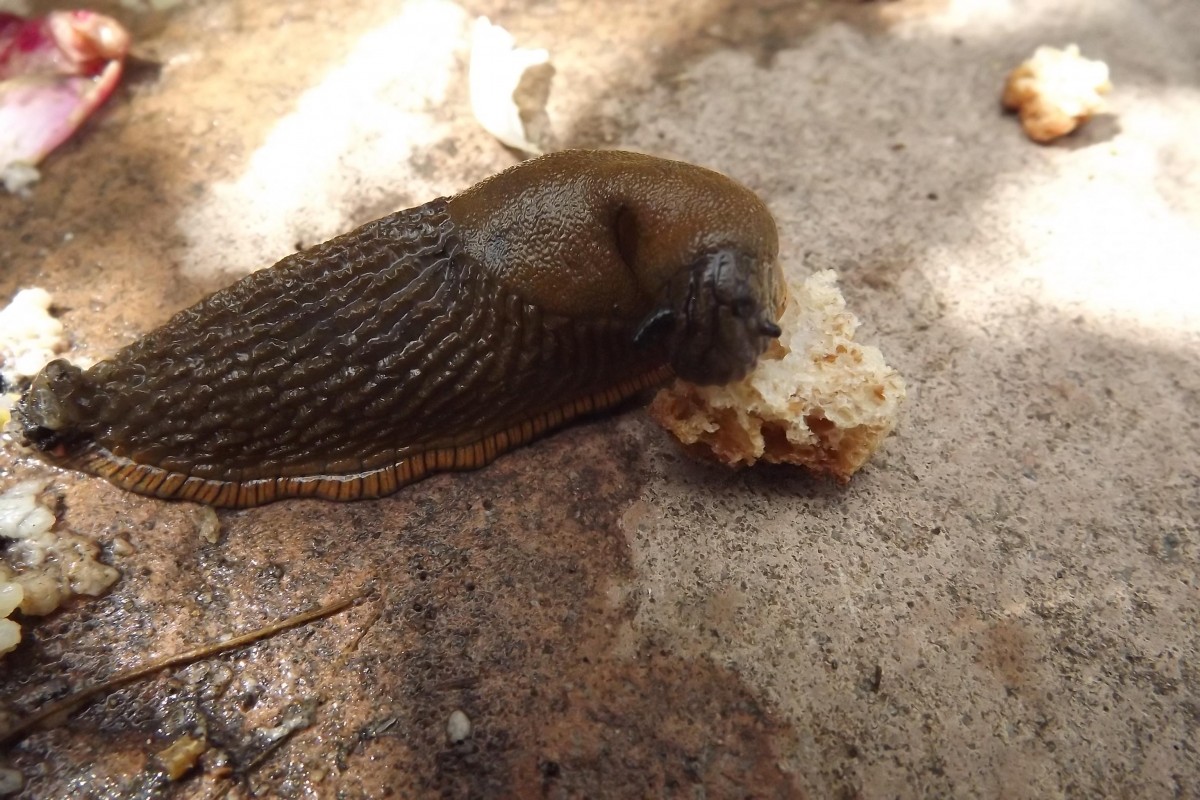
We at DFC love it when science turns to our animal friends for answers to human problems. It keeps everything in perspective, reminding us that, after all, humans are animals too!
Now, researchers are looking to the elegant slug for insight into a new type of surgical adhesive. As we learned when looking into the adhesive properties of the octopus tentacle current adhesives are sometimes hard to stick to wet and/or irregularly shaped organs. But slugs are experts at creating mucus that keeps them stuck to all kinds of things.
A team out of Harvard has just published a paper in Science, building on a previous analysis of the mucus of Arion subfuscus, a slug common in Western Europe. The mucus has two key parts: polycations that create the physical bond between mucus and surface, and a matrix that can process stresses on that bond. The Harvard team, led by David J. Mooney, sought to replicate these two factors with artificial materials.
“[The] team created a stress-dissipating matrix from cross-linked polymers, polyacrylamide, and alginate. The researchers then coated the matrix with the polycation chitosan, which inserts itself into the matrix and produces an adhesive surface.
[…]The researchers tested the adhesive on pig skin, liver, heart, and cartilage and found that it was stronger than both cyanoacrylate (superglue) and a surgical sealant called CoSeal.”
The field is particularly excited by this adhesive’s success with closing wounds on the liver, a notoriously finicky organ to repair. Further development and testing will occur — slow and steady may yet win this race for medical achievement!
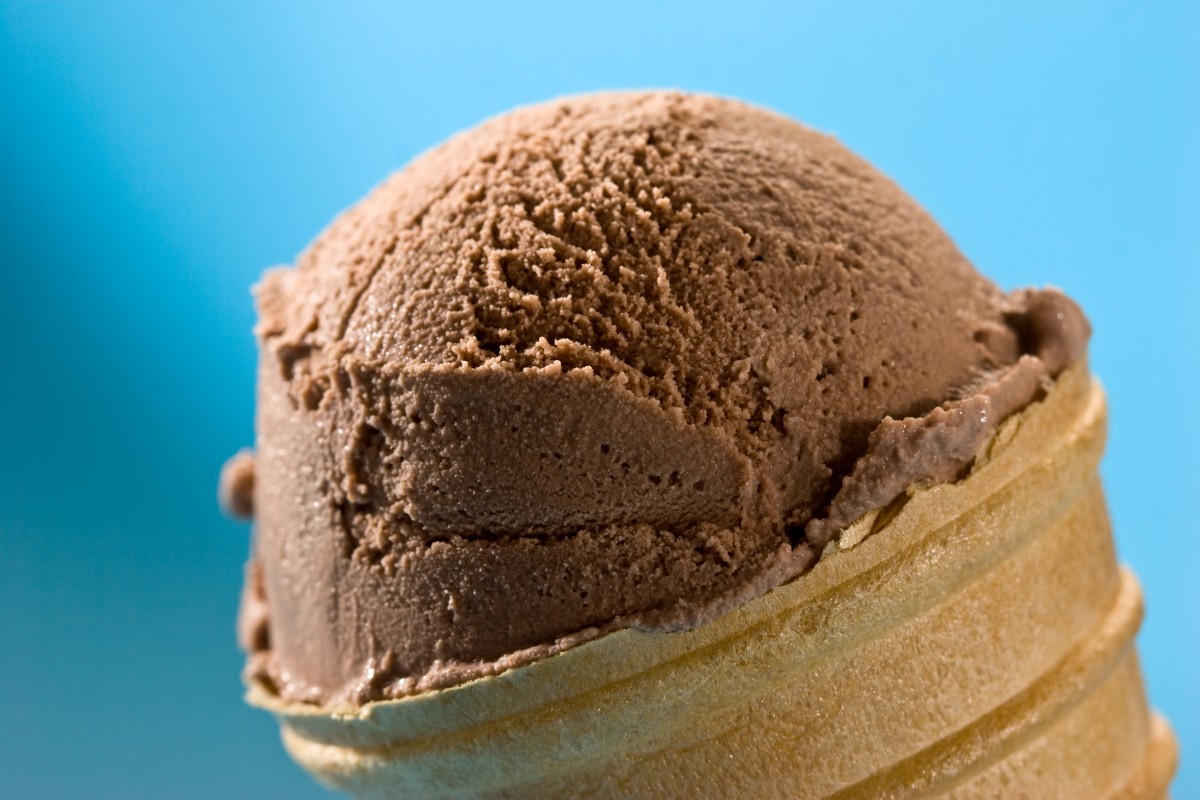
This month, we find ourselves in peak ice cream season, the most wonderful  time of the year! But ice cream has its hazards — including the dreaded brain freeze. We all know that when the mouth-chilling wave hits we need to go easy on the Tiger Tail or Superkid, but have you ever thought about how the physical process works?
time of the year! But ice cream has its hazards — including the dreaded brain freeze. We all know that when the mouth-chilling wave hits we need to go easy on the Tiger Tail or Superkid, but have you ever thought about how the physical process works?
Turns out, the complex network of nerves that cover our palates, that are usually so good at sending information to our brains about what’s just arrived in our mouths, are too good when it comes to relaying the cold from a bite of a frozen treat. Brain freeze — also known by its technical name, “sphenopalatine ganglion neuralgia” — is a textbook example of how those nerves process stimuli, and how referral pain appears in the brain in response. Dr. Kris Rau of the University of Louisville in Kentucky, as interviewed by NPR:
“‘Now on the roof of your mouth there are a lot of little blood vessels, capillaries.’ […]
The rush of cold causes those vessels to constrict.
‘And when that happens, it happens so quickly that all of those little pain fibers in the roof of your mouth — they interpret that as being a painful stimulus,’ Rau says.
A message is then shot up to your brain via the trigeminal nerve, one of the major nerves of the facial area.
The brain itself doesn’t have any pain sensing fibers, but its covering — called the meninges — does.
‘And of course all of those little pain-sensing fibers are hooked up to your trigeminal nerve,’ Rau says. ‘So the brain is trying to figure out what is going on. It knows there is something wrong, something that is painful and they don’t know exactly where it is.’
Sometimes, our brains are too smart for their own good — and so far ahead of us we can’t even tell them that the cone we’re enjoying isn’t a threat! But, ice cream season will soon be over; brain freeze aside, I will enjoy every scoop before winter comes our way.
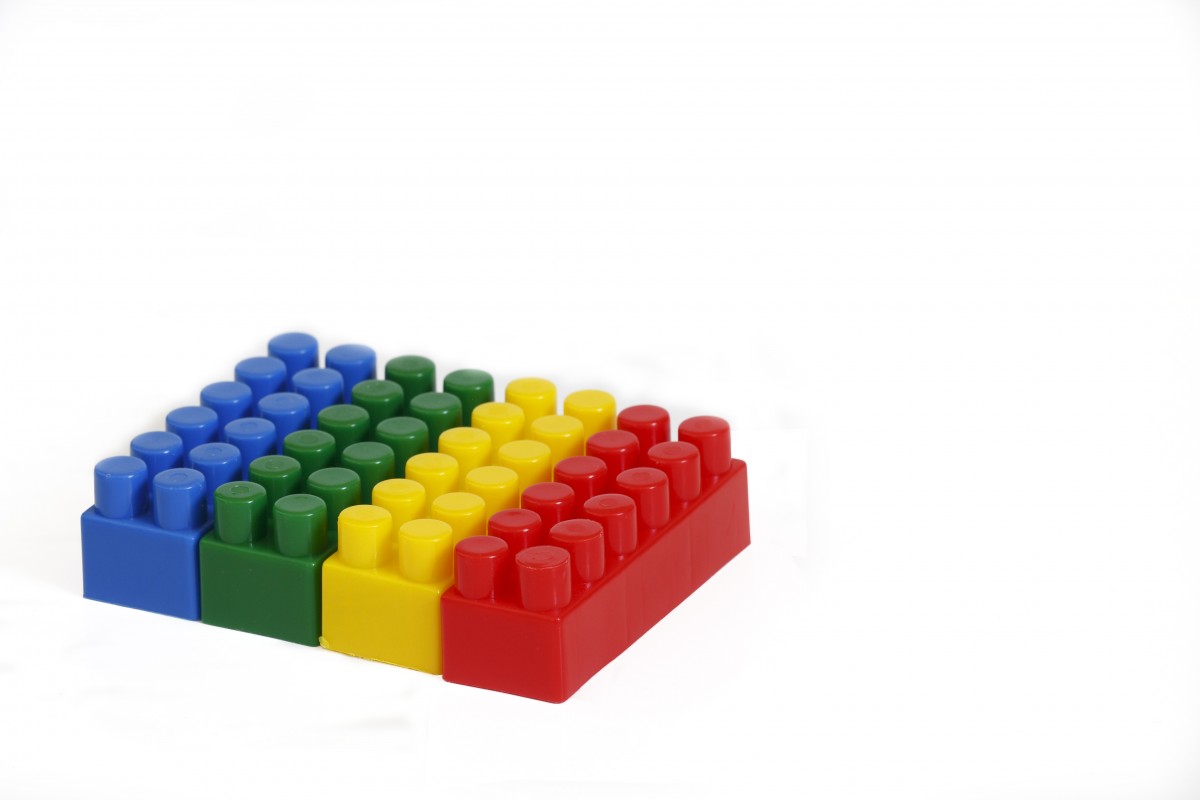
I’m going to send this week’s article to my middle son Ben, a longtime Lego enthusiast. He’s just returned to Canada from a year working abroad. His job was so time – and attention-intensive, all the poor guy could do to unwind was invest in Lego sets that he obtained through retail therapy (he frequented Amazon.com). He would assemble them at the end of his trying days as a form of meditation, like raking the gravel in a Japanese garden. But to get them back here, he had to take them apart… So he may find the following adventure useful!
After a visit to Legoland in Denmark, where he witnessed patrons buying expensive sets, Jacques Mattheij had a brainwave. Lego has a high resale value, especially for some of the rarer sets and more complicated bricks. But a lot of it is resold in unsorted lots — at a much cheaper price that corresponds with how much of a pain in the neck it is to organize the bricks into something useful.
Mattheij wanted to build an AI that would do that for him, and by golly, he did. His sorting machine started processing the two metric tonnes (!) of Lego he bought off eBay by feeding it onto a conveyor belt through a hopper. This separated the bricks, and allowed the magnifying imaging camera to snap a pic and check the image against examples stored on a PC.
Once Mattheij worked the kinks out of the imaging and checking process, he had to teach his AI how to classify each brick. This was exceptionally difficult — at one point, Mattheij estimated that hand-labeling enough images for his AI to learn from would take six monthsof full time attention. After a bit of thought, Mattheij devised a work around; manually correcting only the images that the AI got wrong, and returning them to the learning pool.
“The first day I managed to label a starter set of about 500 assorted scanned pieces. Using those parts to train the net, the next day the machine sorted 2,000 more parts. About half of those were wrongly labeled, which I corrected. The resulting 2,500 parts were the basis for the next round of training. Another 4,000 parts went through the machine, 90 percent of which were labeled correctly! So, I had to correct only some 400 parts. By the end of two weeks I had a training data set of 20,000 correctly labeled images.
Mattheij reports that his Lego sorting machine just needs to learn a few more of the rarer pieces, and it’ll soon making a dent in the boxes of bricks that have filled his garage. Then, he can sell the sorted bricks for almost four times what he paid for them! Lego really brings out the ingenuity in its users — have fun, Ben!
As you likely already know, dear reader, we on the DFC home front live deep in the wilds of the Frontenac Arch Biosphere. Transitioning from suburban Toronto a couple years ago was a bit of a culture shock, but we’ve gotten quite comfortable with our new, more sustainable, digs! The only thing I still find myself concerned about, as someone who spent her whole life quietly supported by a municipal wastewater system, is our septic tank. There has to be something more environmentally helpful than a metal box under our back lawn that gets pumped out periodically by a big dieselly truck! And something a little, well, cooler than a standard composting waste system…
That is why I love this news from the University of the West of England, who, in partnership with Oxfam, is running a trial of a new kind of fuel cell: one that generates electricity from human urine!
The trial urinals have already shown they can generate enough power to light the bathrooms in which they were located. But there are further possible applications: In disaster situations, where portable toilets could provide lighting to help prevent accidents and assault, or could even charge a cell phone. And amazingly, a side effect of the electricity-generating process in these “microbial fuel cells” appears to kill pathogens in the waste water — which means toilets with these cells could someday prove a source of potable water as well.
disaster situations, where portable toilets could provide lighting to help prevent accidents and assault, or could even charge a cell phone. And amazingly, a side effect of the electricity-generating process in these “microbial fuel cells” appears to kill pathogens in the waste water — which means toilets with these cells could someday prove a source of potable water as well.
“This disinfection potential gave the UWE team an idea to systematically test how [microbial fuel cells] could be used to purify wastewater. For this, they picked one of the most important gastrointestinal pathogens, a strain of the Salmonella bacterium which causes typical food poisoning symptoms.
‘This species was introduced into an MFC cascade system treating human urine, to determine the anodic killing efficacy when operating in continuous flow conditions,’ the researchers write in the study.
When they checked the outflow at the end of the purification process to measure the remaining pathogen levels, they found just what they had hoped for – greatly reduced Salmonella counts.”
The Salmonella numbers were so reduced they actually fell under the “safe” level of conventional sanitation standards. This concept could be a game-changer: the team planned a further, profile-raising trial at Glastonbury Music festival that seems to have gone well. Worldwide, this could end up being the little can that could — thanks to science!
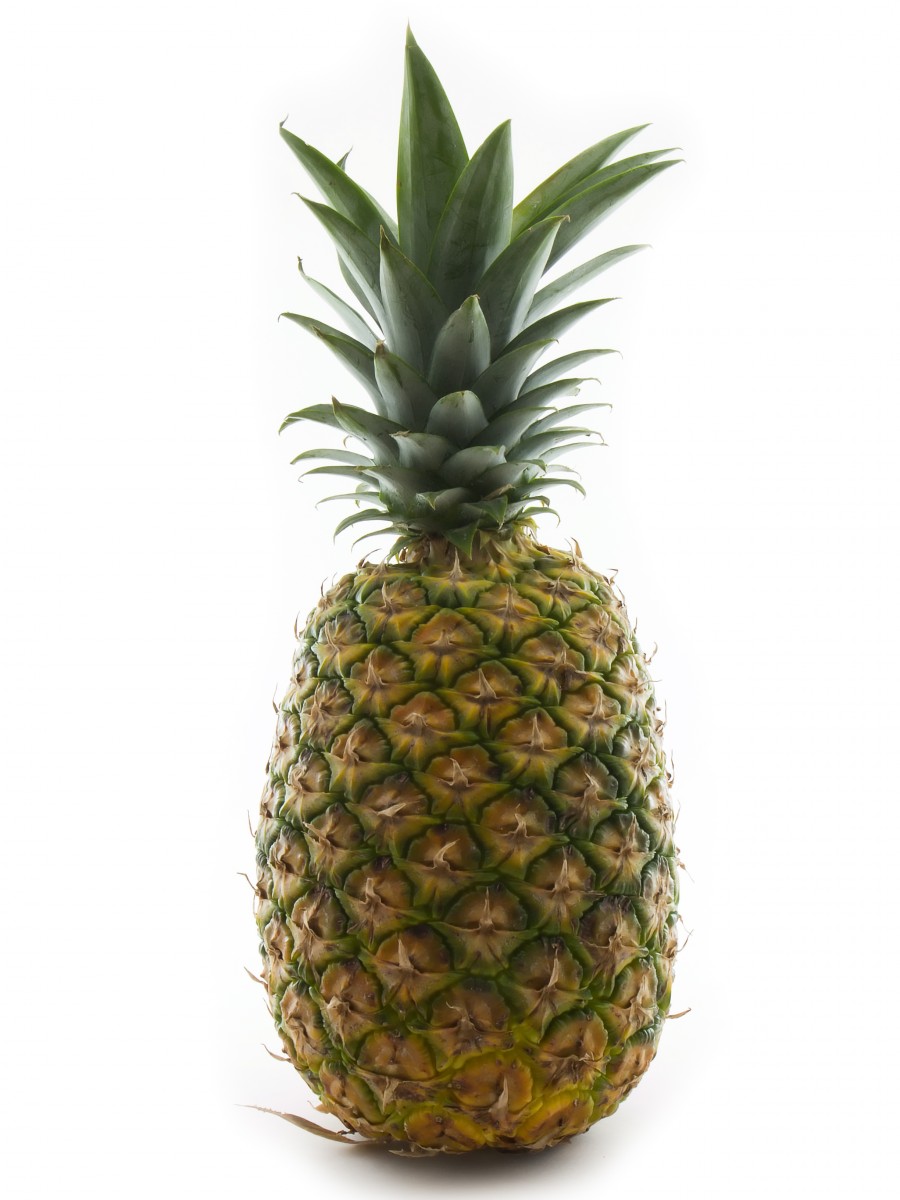
After I waxed rhapsodic about one of my favourite fruits a few weeks ago, apples, you will have to indulge me one more time with tech news that involves another type of fruit close to my heart: pineapples!
Or, more accurately, it involves the pineapples’ leaves — fashion designer Carmen Hijosa has created a textile called Piñatex, by adapting a traditional processing method from the Philippines. Her company manufactures a vegan leather alternative from the spiky fibrous pineapple leaves that are commonly discarded before the fruits are shipped from the farm.
In addition to concerns about animal welfare, the production of regular leather has massive environmental impacts. From the tanning process, to dyes, to dust, leather production takes its toll on the earth and the bodies of those engaged in the industry. And traditional vegan leather, while eliminating the animal cruelty aspect, can sometimes be just as earth unfriendly as regular leather.
This is why Piñatex is so interesting. The process makes use of a waste product that already exists, so would not require any more water or land than is currently being used. And it would provide extra income to farmers, and countries where pineapples are grown.
According to consumers, the fibre, while not totally leather-like, offers a comparable experience; holding up well in the rain and garnering “lots of compliments”! I consider this an object lesson in unconventional problem solving: sometimes the solutions are right in front of us – like in our kitchen counter fruit bowls